The Dak Son lithophone set was discovered in 2014 in Dak Son village, Nam Xuan commune, Krong No district. This lithophone set consists of 16 bars, of which 11 are intact, 5 bars are broken in half or into many pieces but can be reassembled in their original form. The Dak Son lithophone bars are made from metamorphic schist.
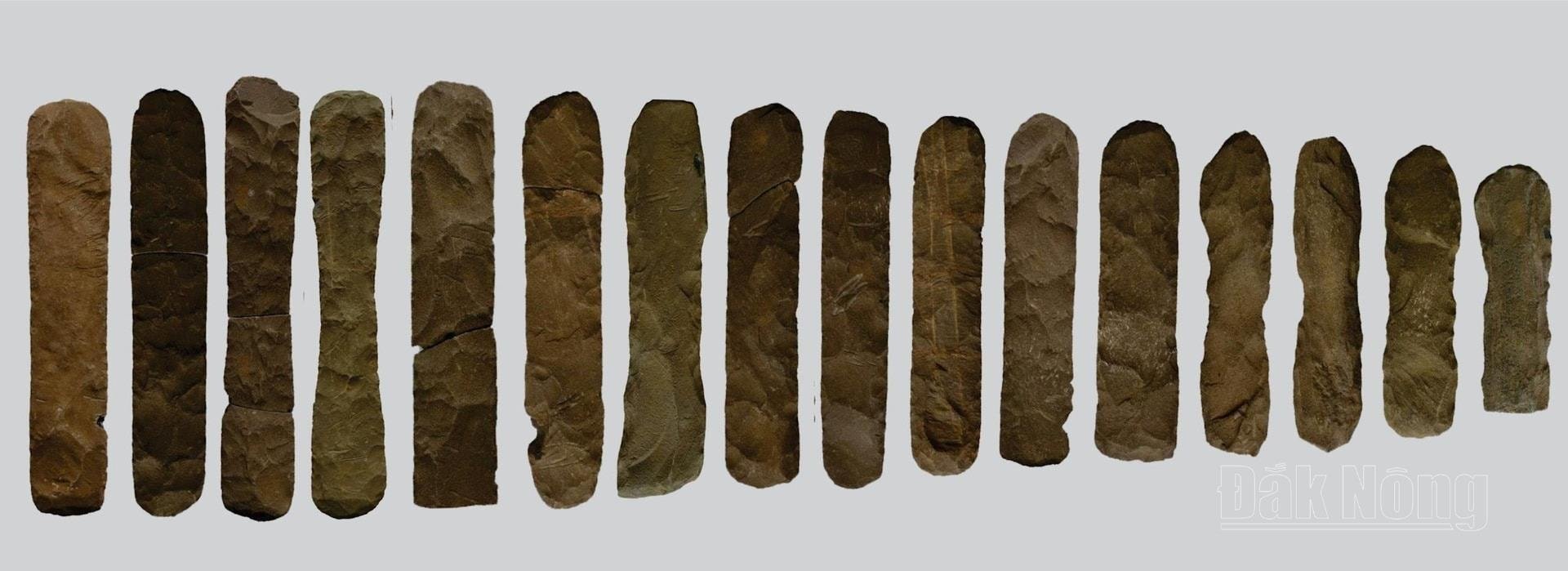
Based on the manufacturing technique and sound frequency, scientists have confirmed that the Dak Son lithophone belongs to the N'Dut Lieng Krak lithophone tradition, a collection of ancient lithophones dating back about 3,000 years.
Dak Son lithophone bars are carefully selected by artisans from raw materials; going through the stages of separating the stone slab from the original vein, creating the initial shape, shaping (second shaping) and processing and adjusting.
Each manufacturing stage has its own technique. Specifically, to separate the slab from the original rock vein, it can be done by chiseling with a "choong" or "nem" root. The initial shaping is done at the edges with strong, direct blows from top to bottom to separate the small flakes, so the manufacturing marks left are short and deep.
In the shaping step for the artifact, the chiseling is done on the entire large surface of the stone in a uniform direction from the outer edge to the middle of the body. The chisel marks left in this step are usually small and not too deep.
The final processing step is the edge adjustment step. The operations in this step are done gently and meticulously, the scratches are all small and thin.
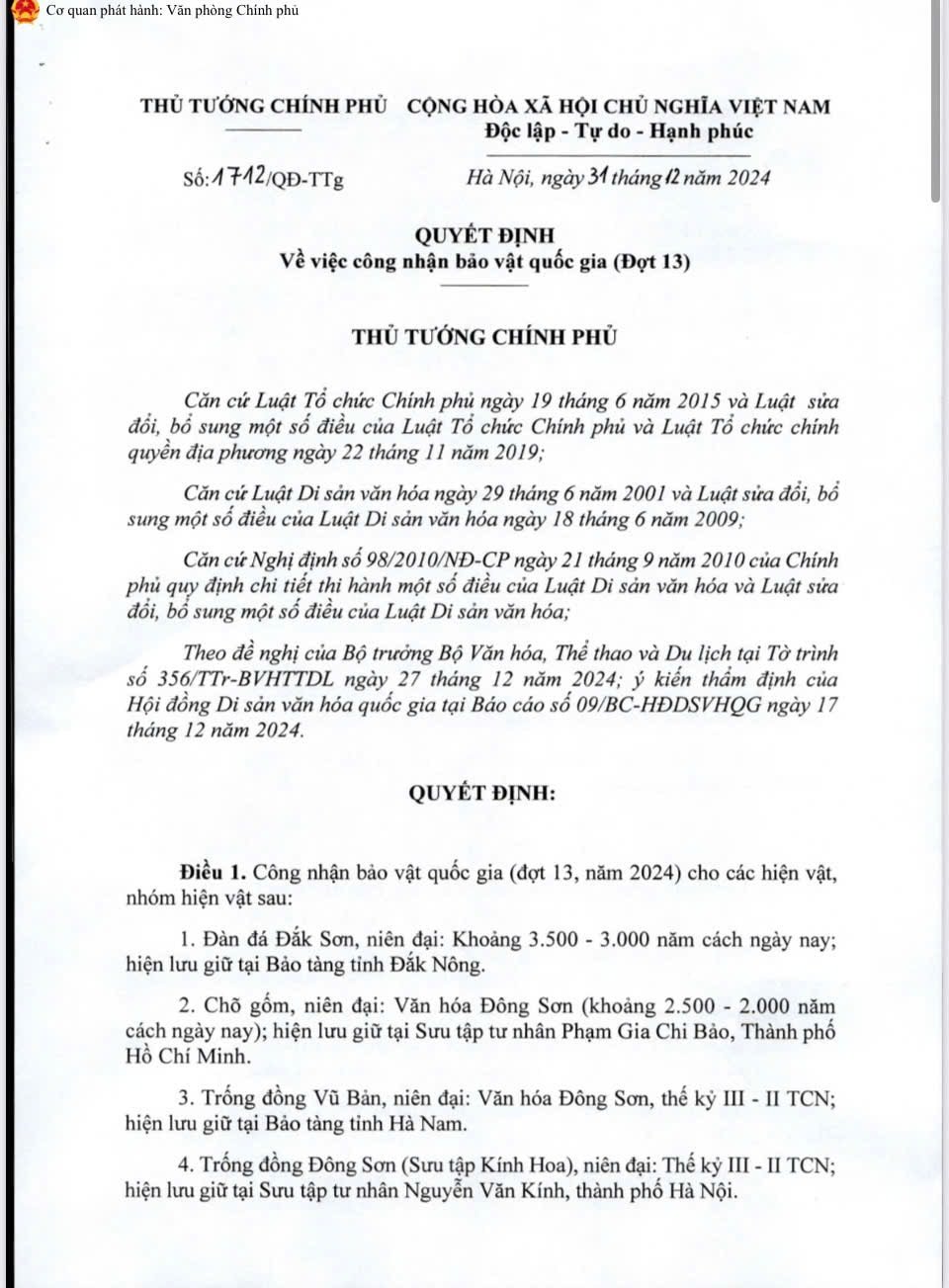
With the discovery and collection of Dak Son lithophones at Dak Son relics, along with pottery pieces, stone artifacts (labor tools, bracelet pieces...) at the relics dating back about 3,200 - 3,000 years ago, the chronology is similar to the chronology of the Dak Son lithophone collection and is within the development law of the entire traditional music in the Central Highlands, Southeast and South regions.
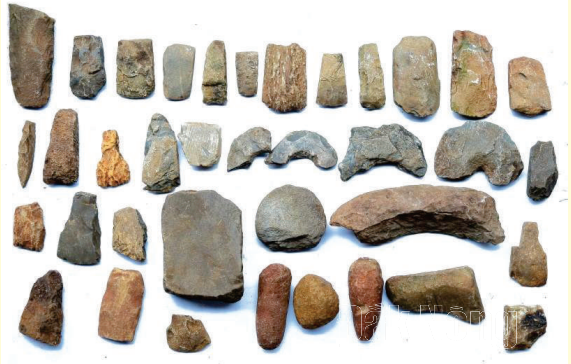
The Dak Son lithophone is a real, vivid material, helping scientists to have a basic and complete understanding of this type of relic and also to know exactly the invention timeline and the method of using the "oldest" lithophone in Vietnam from the late Neolithic period to the early Metal Age in the Central Highlands in particular and Vietnam in general. Currently, the Dak Son lithophone is kept at the Dak Nong Provincial Museum.
On December 31, 2024, Deputy Prime Minister Le Thanh Long signed Decision No. 1712/QD-TTg recognizing 33 national treasures (batch 13, 2024), including the Dak Son lithophone collection. This is the first time Dak Nong province has had an artifact recognized with this title.
Deputy Prime Minister Le Thanh Long requested the Minister of Culture, Sports and Tourism, Chairmen of People's Committees at all levels where national treasures are located, ministers, heads of ministerial-level agencies, agencies under the Government, heads of sectors and organizations assigned to manage recognized national treasures, within the scope of their duties and powers, to manage national treasures in accordance with the provisions of the law on cultural heritage.
Source: https://baodaknong.vn/dan-da-dak-son-bao-vat-quoc-gia-tai-dak-nong-242629.html






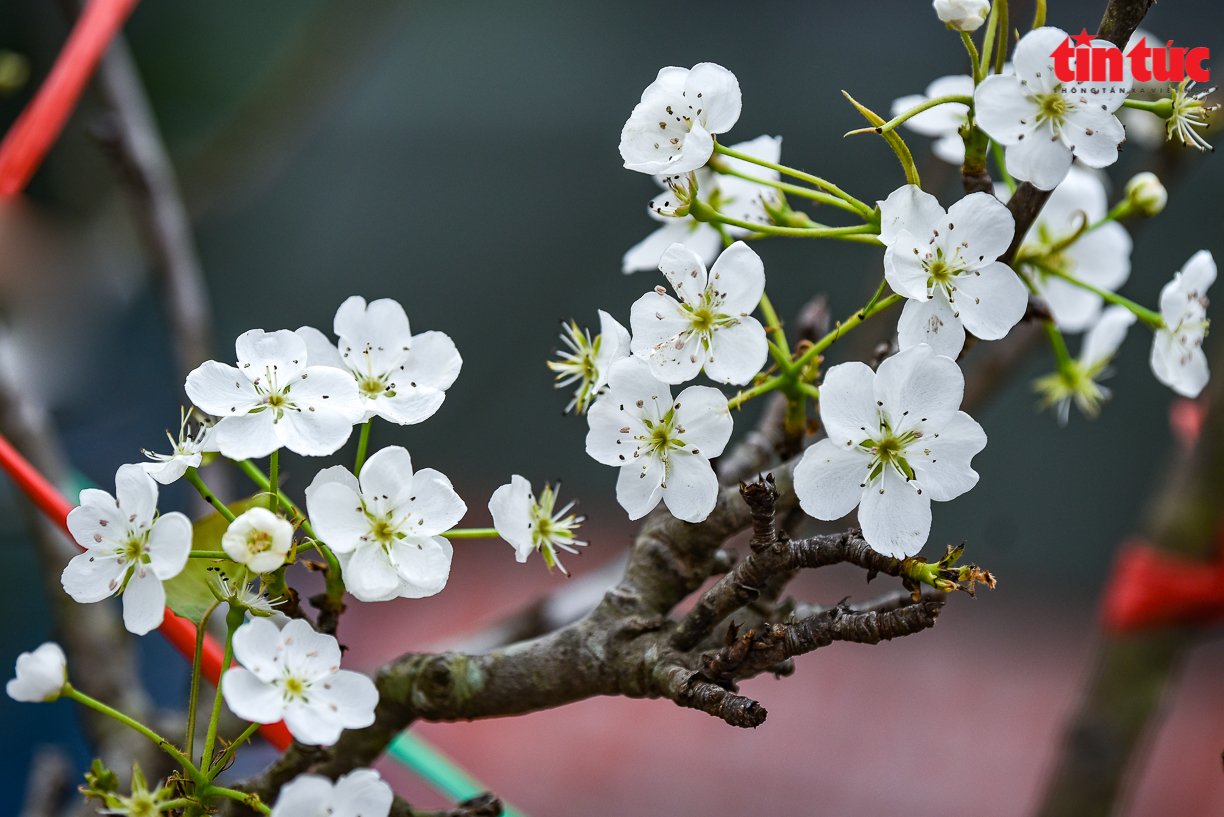



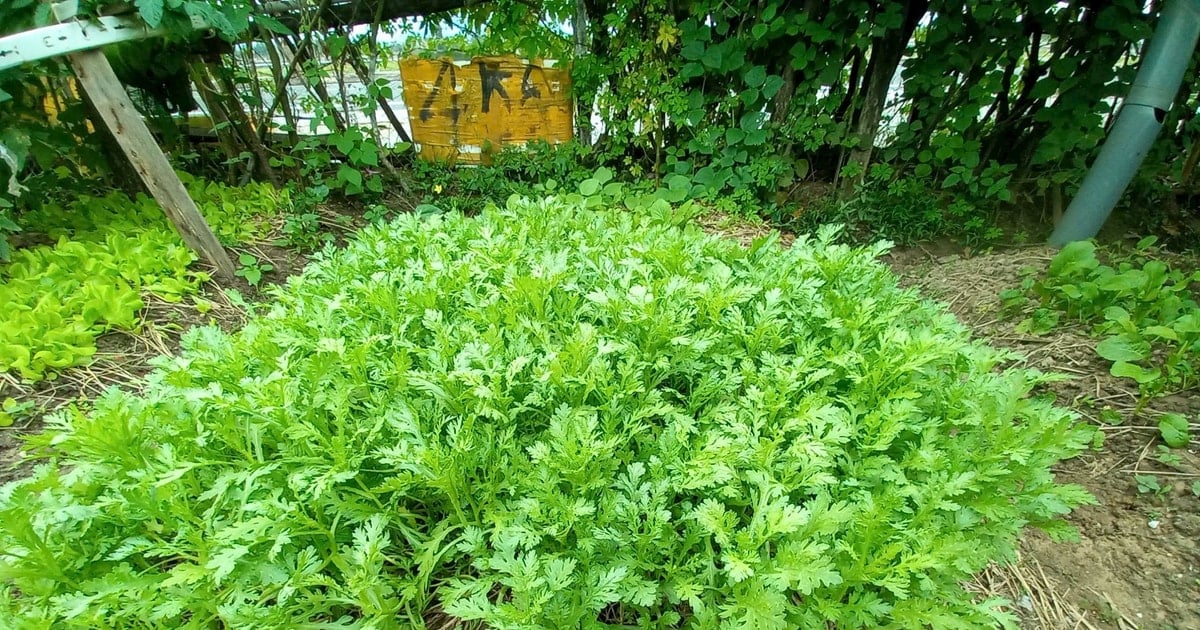


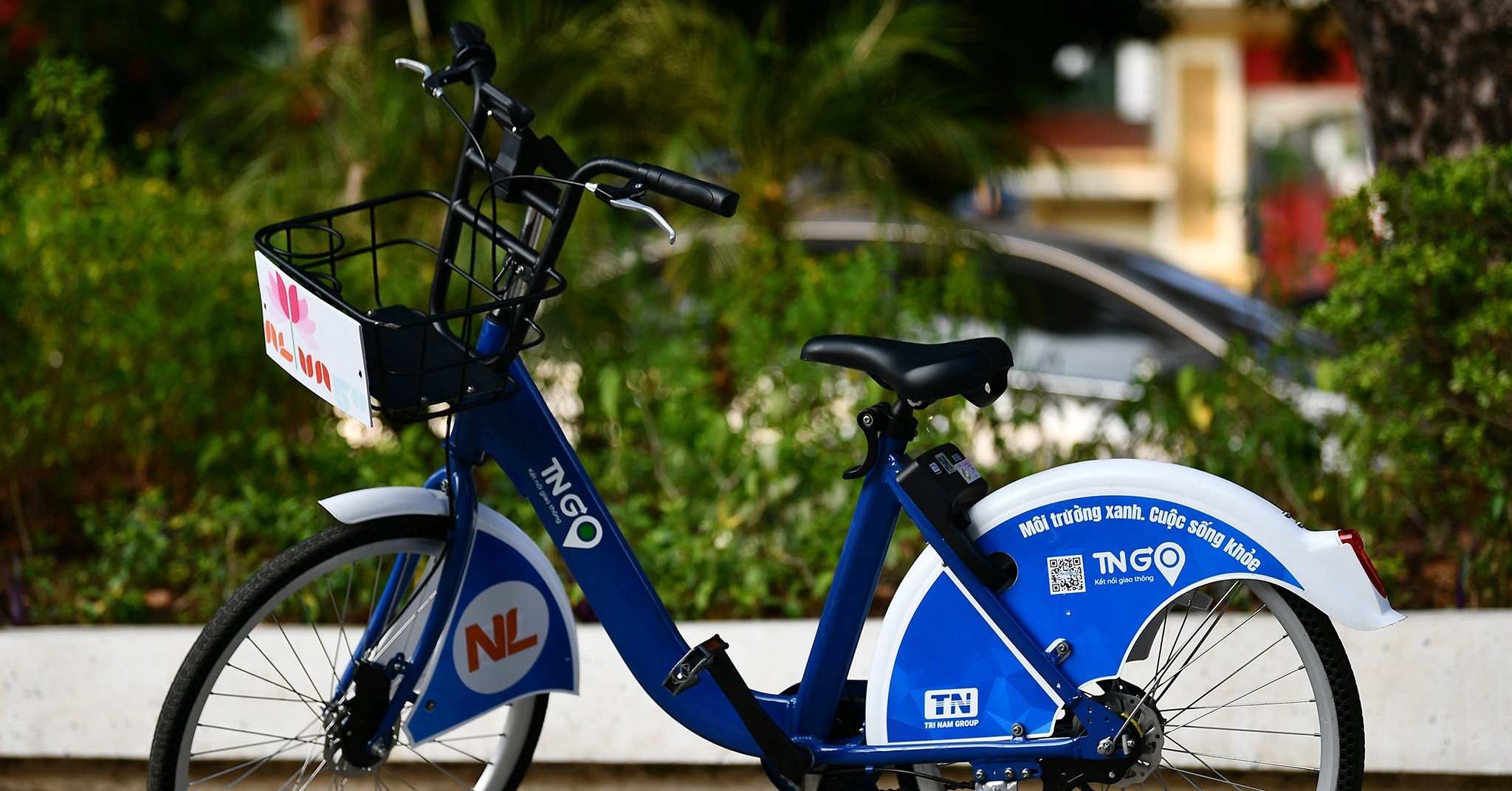













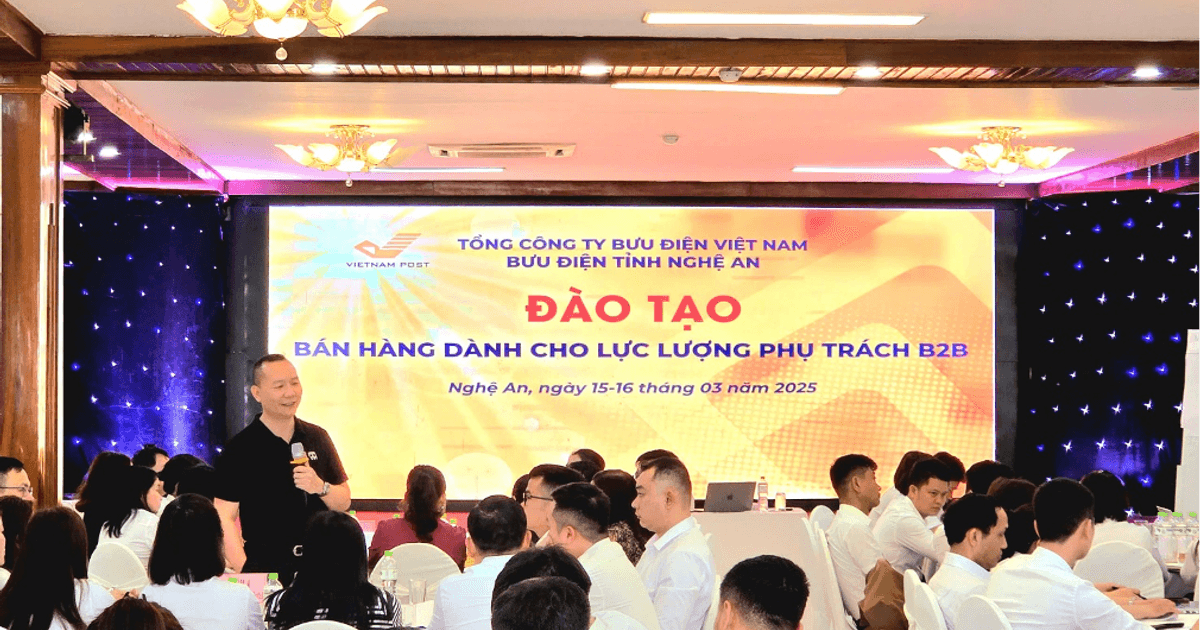







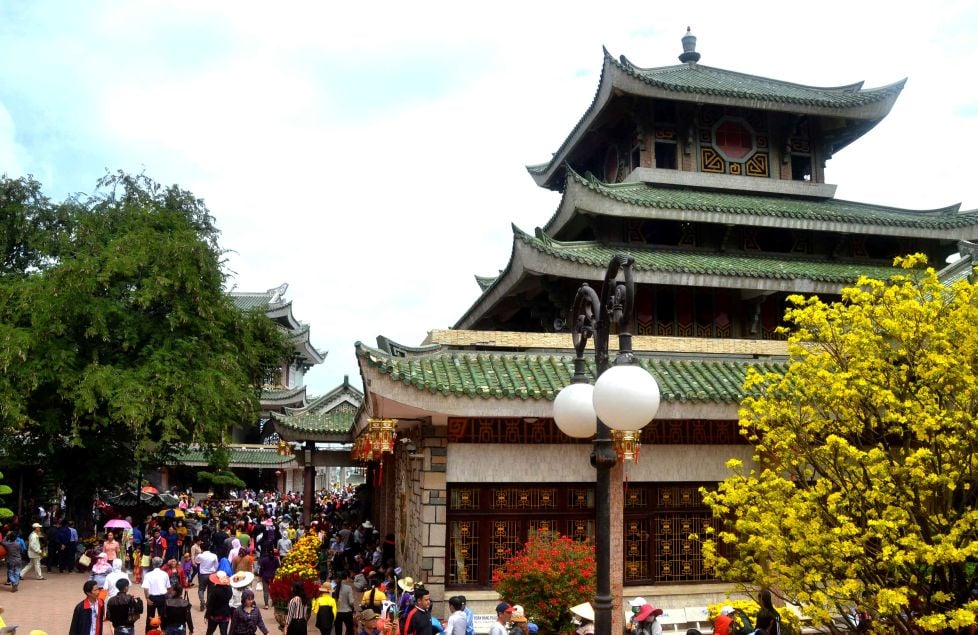





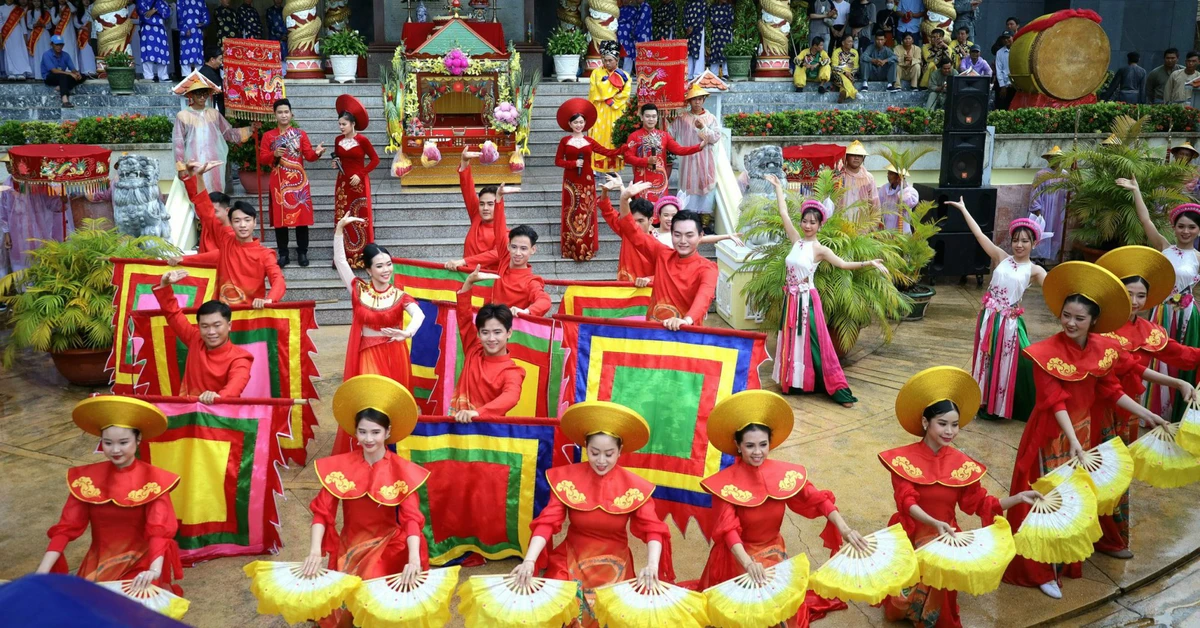

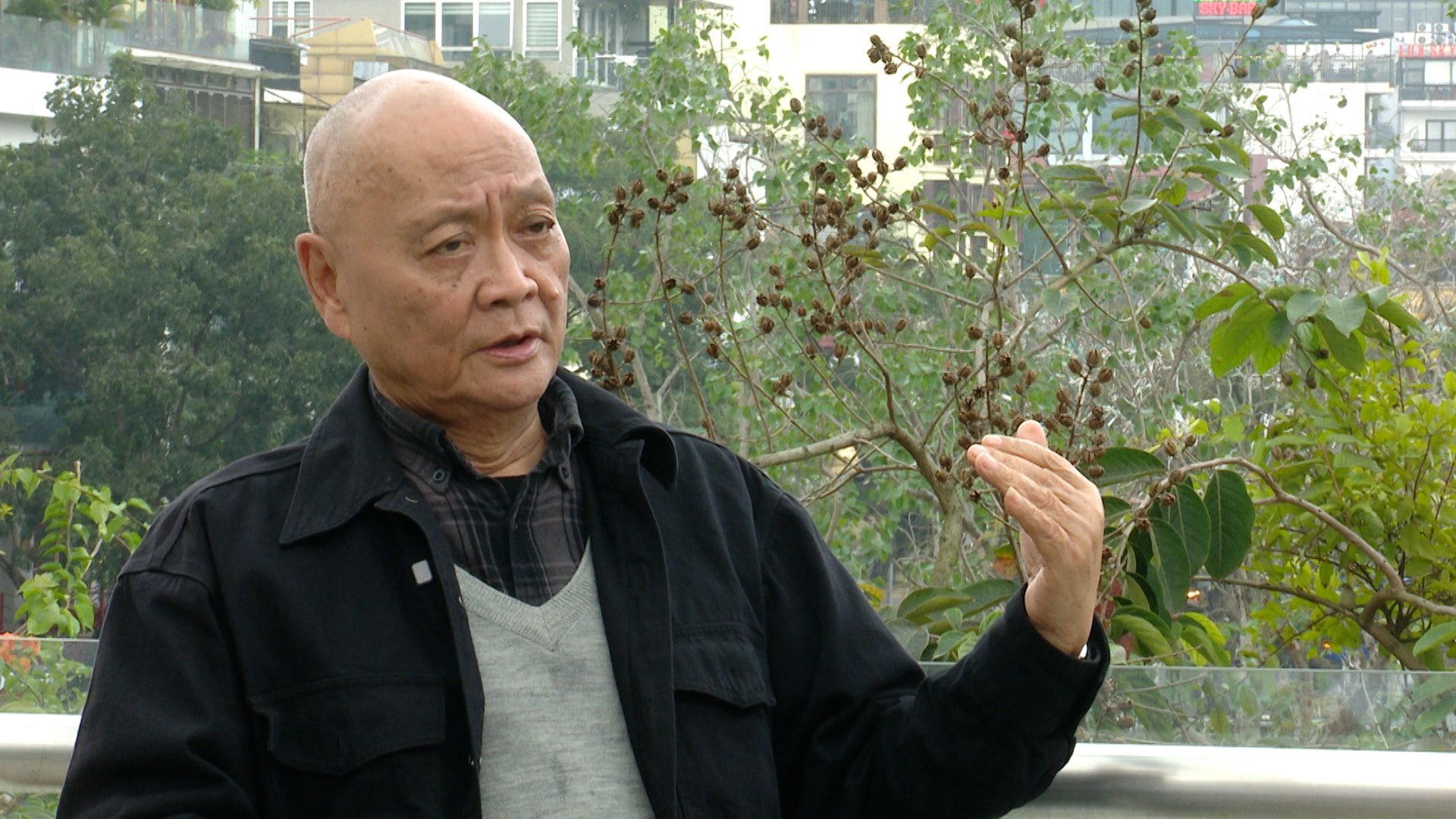

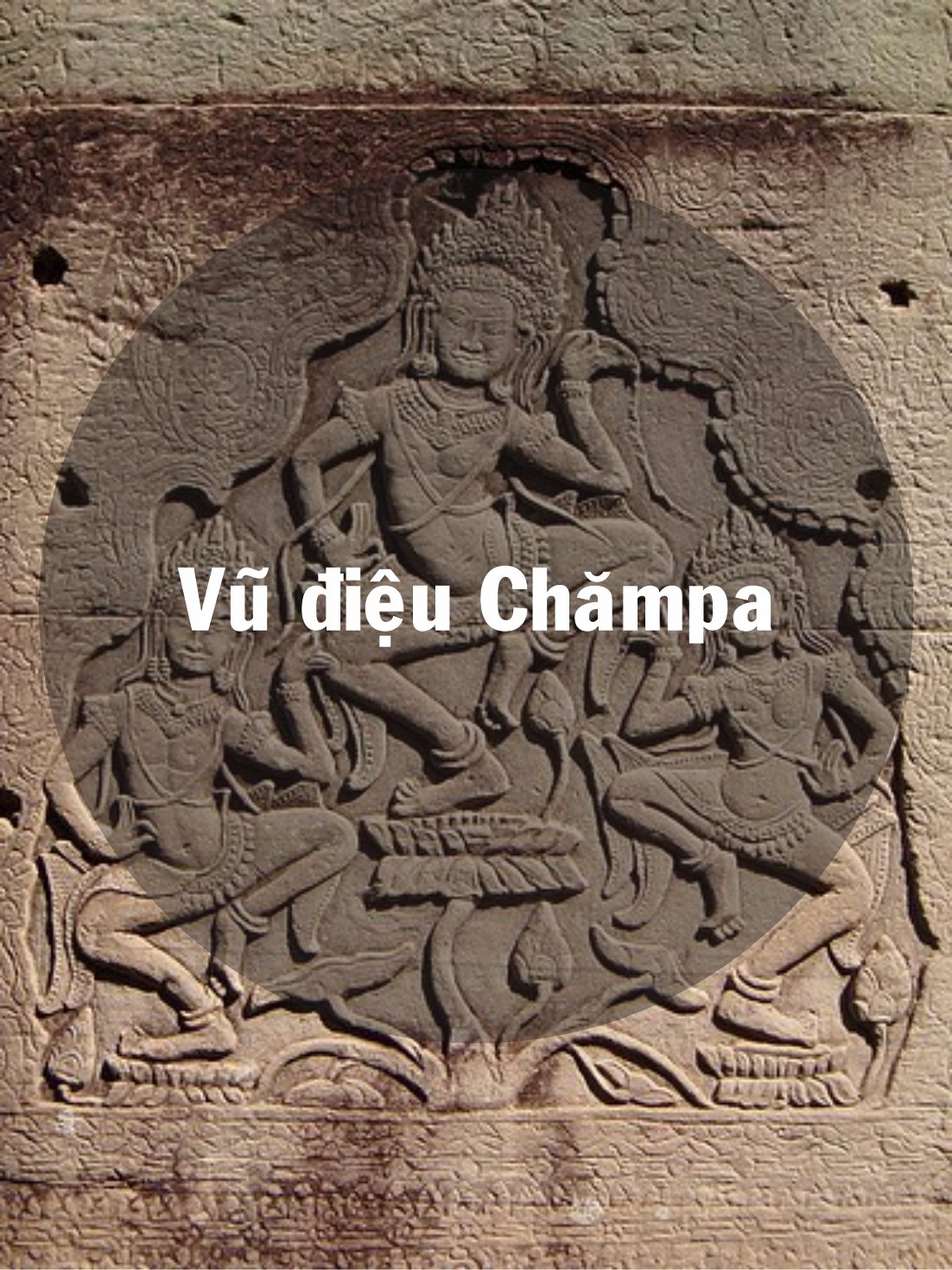




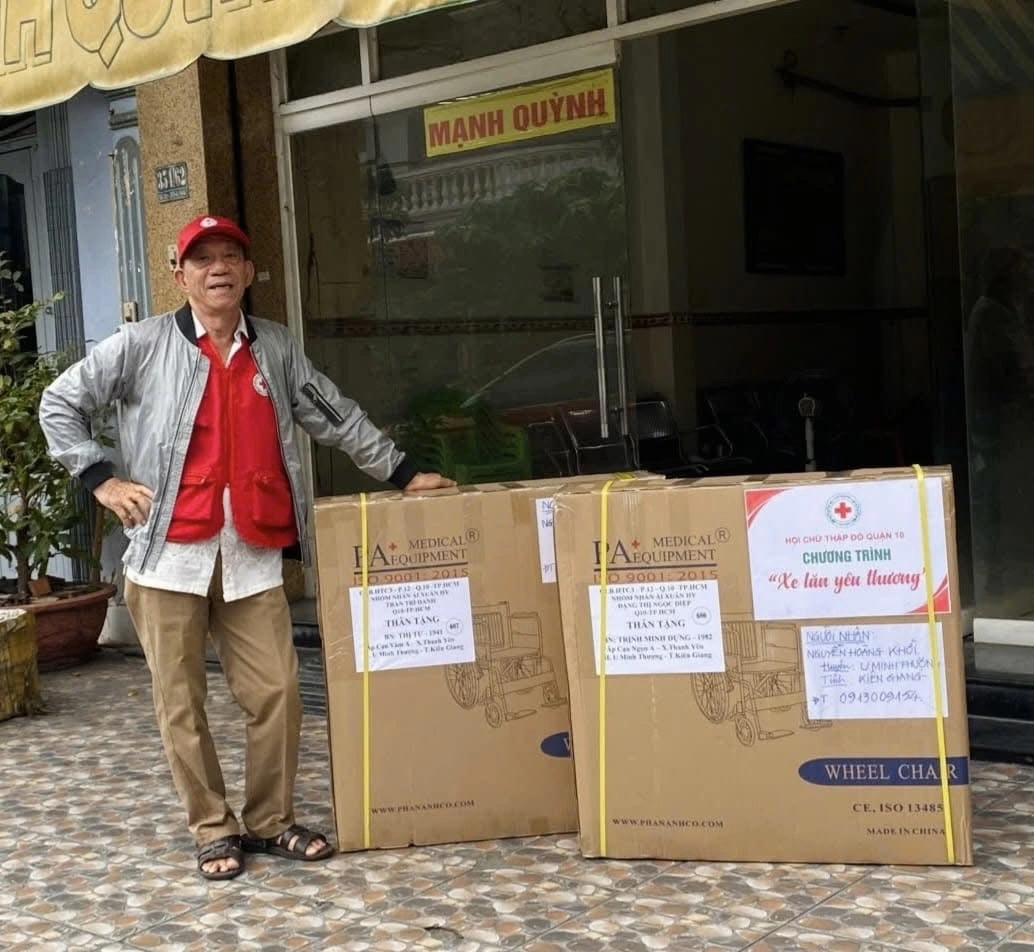


















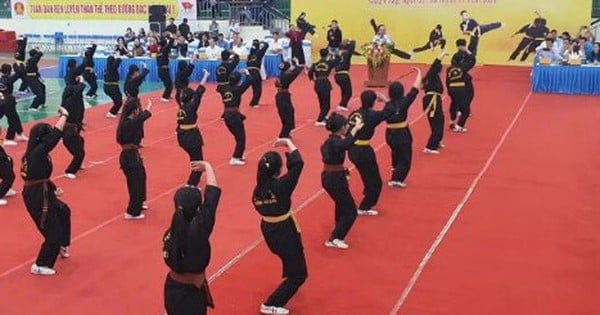
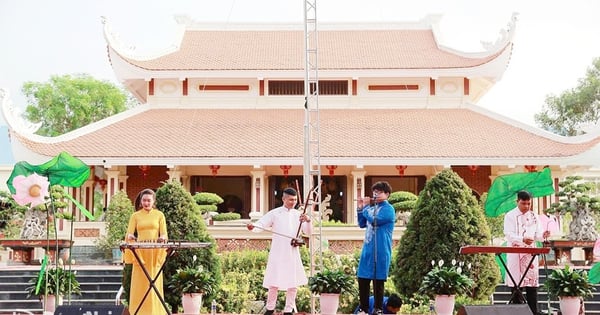





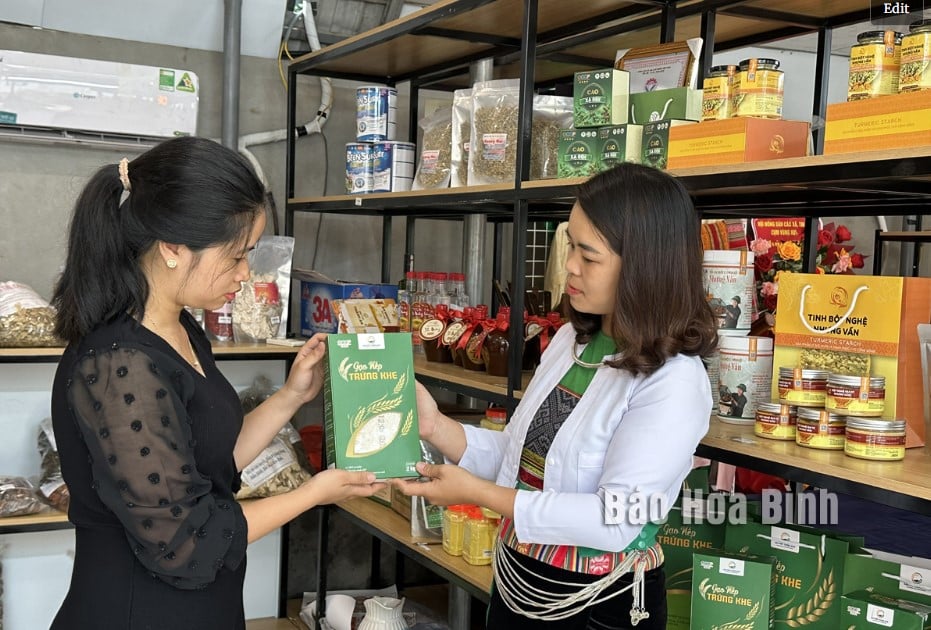

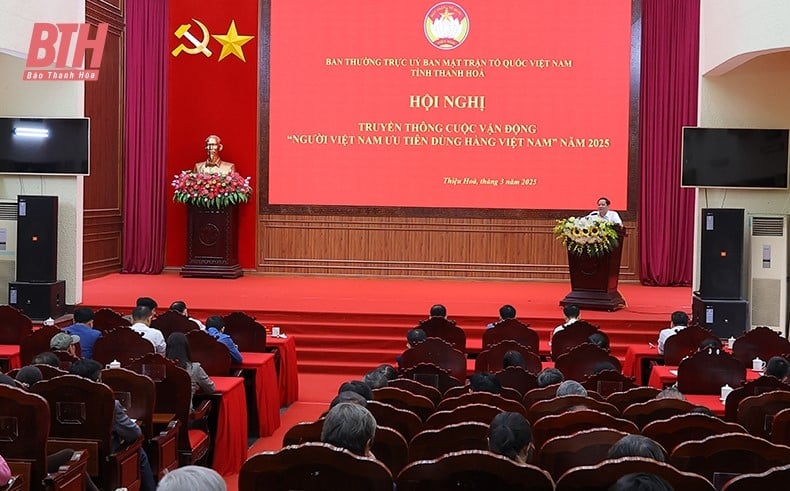


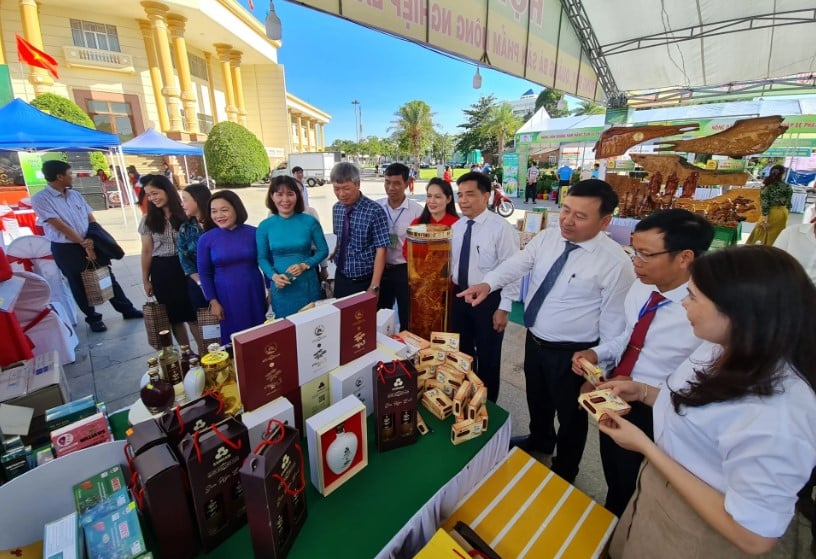
Comment (0)